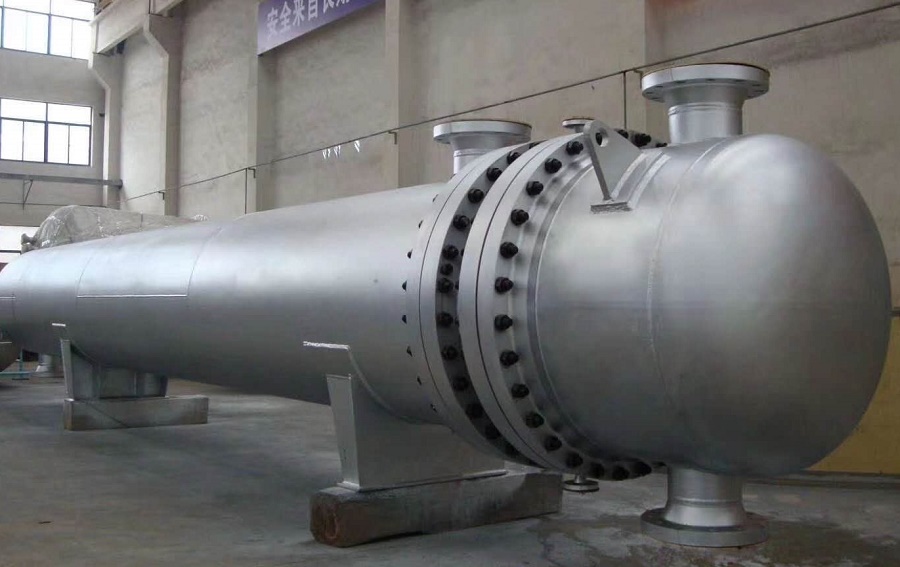How to design a shell and tube heat exchanger?
How to design a shell and tube heat exchanger?
The design calculation of a shell and tube heat exchanger involves several steps. Heres a general overview of the process:
1. Determine the heat duty: Start by determining the required heat transfer rate or heat duty (Q) of the heat exchanger. This can be based on the specific application or process requirements.
2. Determine the fluid properties: Identify the properties of the hot fluid (inlet temperature, outlet temperature, flow rate, specific heat capacity, and density) and the cold fluid (same properties) involved in the heat exchange process.
3. Choose the shell and tube arrangement: Select a suitable shell and tube arrangement based on factors such as pressure drop limitations, fouling tendencies, ease of maintenance, and overall efficiency. Common arrangements include the fixed tube sheet, U-tube, and floating head designs.
4. Determine the overall heat transfer coefficient (U): The overall heat transfer coefficient represents the efficiency of the heat exchanger in transferring heat between the hot and cold fluids. It is calculated using a combination of the individual film coefficients for the fluids inside and outside the tubes, as well as the thermal resistance of the tube wall.
5. Determine the tube side heat transfer area: Calculate the required heat transfer area on the tube side using the formula:
A = Q / (U × ΔTm)
where A is the heat transfer area, Q is the heat duty, U is the overall heat transfer coefficient, and ΔTm is the logarithmic mean temperature difference (LMTD). The LMTD depends on the temperature difference between the hot and cold fluids at various points along the length of the heat exchanger.
6. Select the tube size and layout: Determine the tube diameter and length based on factors such as pressure drop constraints, fluid velocity limitations, and fouling considerations. Also, decide on the tube layout pattern, such as triangular or square pitch.
7. Check for tube side flow velocity: Verify that the tube side flow velocity falls within acceptable limits to prevent excessive pressure drop or flow issues. The recommended range is typically 1-3 m/s for liquid flows and 10-20 m/s for gas flows.
8. Check for tube side pressure drop: Calculate the pressure drop on the tube side using empirical correlations or detailed flow analysis. Ensure that the pressure drop is within acceptable limits based on the system requirements.
9. Determine the shell side heat transfer area: Calculate the required shell side heat transfer area based on the tube side heat transfer area, fouling factors, and overall heat transfer coefficient.
10. Select the shell size and layout: Choose a suitable shell diameter and length, considering factors such as pressure drop limitations, available space, and manufacturing considerations.
11. Check for shell side flow velocity: Verify that the shell side flow velocity falls within acceptable limits to prevent excessive pressure drop or flow issues. The recommended range is typically 0.1-0.3 m/s for liquid flows and 0.2-1 m/s for gas flows.
12. Check for shell side pressure drop: Calculate the pressure drop on the shell side using empirical correlations or detailed flow analysis. Ensure that the pressure drop is within acceptable limits based on the system requirements.
13. Design the tube sheets, baffles, and supports: Design the tube sheets, baffles, and support structures to withstand the pressure, temperature, and mechanical stresses encountered during operation.
14. Perform iterative calculations: Iteratively adjust the tube and shell dimensions, as well as other design parameters, to meet the desired heat transfer area, pressure drop, and other performance requirements.
Its important to note that the design calculation of a shell and tube heat exchanger can be complex and may require detailed knowledge of heat transfer principles, fluid mechanics, and thermal engineering. Consider consulting specialized literature, engineering codes, or seeking assistance.


